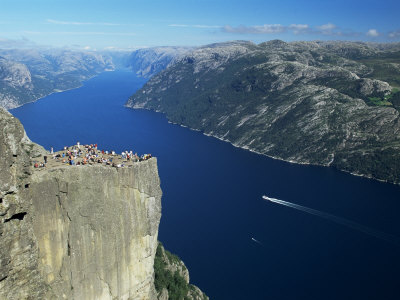This 5-star deluxe hotel is located near Kuwait International Airport and close to major military installations such as Camp Arifjan, air force bases and oil companies. Situated on Kuwait City�s Salmiya peninsula overlooking the Arabian Gulf, this 5-star design hotel offers rooms with stylish and colourful décor. It features a full-service spa and various gourmet dining options. Situated on a private stretch of beach, this 5-star hotel offers 5 outdoor swimming pools and 3 squash courts. Souk Salmiya shopping area is just a few minutes.
 Located in the heart of Kuwait City, the JW Marriott Hotel is connected to the luxury Salhia Shopping Mall and is within walking distance of many of the citys top and business centre.
Located in the heart of Kuwait City, the JW Marriott Hotel is connected to the luxury Salhia Shopping Mall and is within walking distance of many of the citys top and business centre.
 Located in the heart of the Kuwait Free Trade Zone, the Convention Centre & Royal Suites Hotel features 5-star amenities, including an indoor swimming pool and an Arabian spa.This smart and modern hotel features 264 guest rooms. Guests can enjoy spacious and comfortable accommodations equipped with a range of modern conveniences.
Located in the heart of the Kuwait Free Trade Zone, the Convention Centre & Royal Suites Hotel features 5-star amenities, including an indoor swimming pool and an Arabian spa.This smart and modern hotel features 264 guest rooms. Guests can enjoy spacious and comfortable accommodations equipped with a range of modern conveniences.
 Occupying a central position in Kuwait Citys commercial and financial centre, the Four Points by Sheraton Kuwait is a first-class hotel offering high standards of service and comfortable accommodation.
Occupying a central position in Kuwait Citys commercial and financial centre, the Four Points by Sheraton Kuwait is a first-class hotel offering high standards of service and comfortable accommodation.
 The Hawthorn Hotel & Suites is in ideal location just 3 km from Al Sha'b Theme Park. It features free Wi-Fi, a fitness centre and spacious rooms with seating areas. This 4-star hotel is located on the Arabian Gulf just 5 minutes� walk from Kuwait City�s waterfront. It offers a sundeck with outdoor pool, free airport transfer and free in-room internet. Located close to the business and entertainment areas and approximately 20 minutes' driving from Kuwait International Airport, the Kuwait Hyatt Hotel offers comfortable accommodation and free internet.
The Hawthorn Hotel & Suites is in ideal location just 3 km from Al Sha'b Theme Park. It features free Wi-Fi, a fitness centre and spacious rooms with seating areas. This 4-star hotel is located on the Arabian Gulf just 5 minutes� walk from Kuwait City�s waterfront. It offers a sundeck with outdoor pool, free airport transfer and free in-room internet. Located close to the business and entertainment areas and approximately 20 minutes' driving from Kuwait International Airport, the Kuwait Hyatt Hotel offers comfortable accommodation and free internet.
 Located in the heart of Kuwait City, the JW Marriott Hotel is connected to the luxury Salhia Shopping Mall and is within walking distance of many of the citys top and business centre.
Located in the heart of Kuwait City, the JW Marriott Hotel is connected to the luxury Salhia Shopping Mall and is within walking distance of many of the citys top and business centre. Located in the heart of the Kuwait Free Trade Zone, the Convention Centre & Royal Suites Hotel features 5-star amenities, including an indoor swimming pool and an Arabian spa.This smart and modern hotel features 264 guest rooms. Guests can enjoy spacious and comfortable accommodations equipped with a range of modern conveniences.
Located in the heart of the Kuwait Free Trade Zone, the Convention Centre & Royal Suites Hotel features 5-star amenities, including an indoor swimming pool and an Arabian spa.This smart and modern hotel features 264 guest rooms. Guests can enjoy spacious and comfortable accommodations equipped with a range of modern conveniences.



























.jpg)

.JPG)















